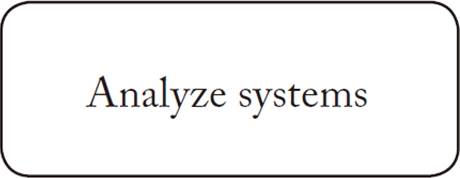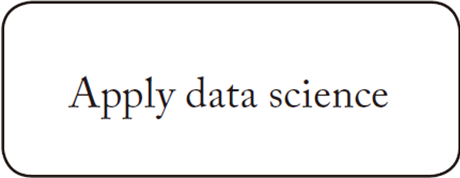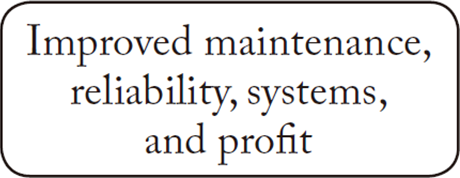1. RPC System at Shin-Miyama SP for Kyushu Shinkansen Service by JR Kyushu
For the purpose of effective use of train regenerative electric power, a railway static power conditioner (RPC) was delivered to the Shin-Miyama sectioning post (SP) for the Kyushu Shinkansen service provided by Kyushu Railway Company (hereinafter “JR Kyushu”) and its commercial operation started in November 2019.
Since alternating-current-electrified sections for Shinkansen are separated by an SP section, regenerative electric power cannot be transferred between adjacent SPs. However, this can become possible by installing an RPC. This system consists of an RPC and a power arithmetic unit installed in the adjacent substation. Based on the power information sent via communication with the power arithmetic unit, the RPC transfers excess regenerative electric power to power trains in the other electrified sections for effective use. The RPC can transfer up to 5.3 MW (rated power: 1.3 MW) using a power converter equipped with insulated-gate bipolar transistors (IGBTs).
[1] Use of regenerative electric power by RPC designed for installation at the Shin-Miyama SP ![[1] Use of regenerative electric power by RPC designed for installation at the Shin-Miyama SP](./image/fig_01.png)

![[2] Vehicle-side cameras installed on the vehicle sides (left: first car right: middle car) (left) and a monitor installed above the driver’s seat (display device and an example of night images) (right)](./image/fig_02.png)
![[3] Overview of the power suspension/transmission automation system](./image/fig_03.png)
![[4] Electrical equipment mounted on and photo of the JR East’s new E261 series limited express train (DC)](./image/fig_04.png)
![[5] TX-3000 series train and its main converter](./image/fig_05.png)
![[6] N700S Shinkansen train of JR Central and the result of fluid resistance analysis of the front shape](./image/fig_06.png)
![[7] YC1 hybrid train of JR Kyushu (left), its storage batteries (top-right) and main converter (bottom-right)](./image/fig_07.png)




![[8] Capability curve vs OS&M business change and culture](./image/fig_08.png)